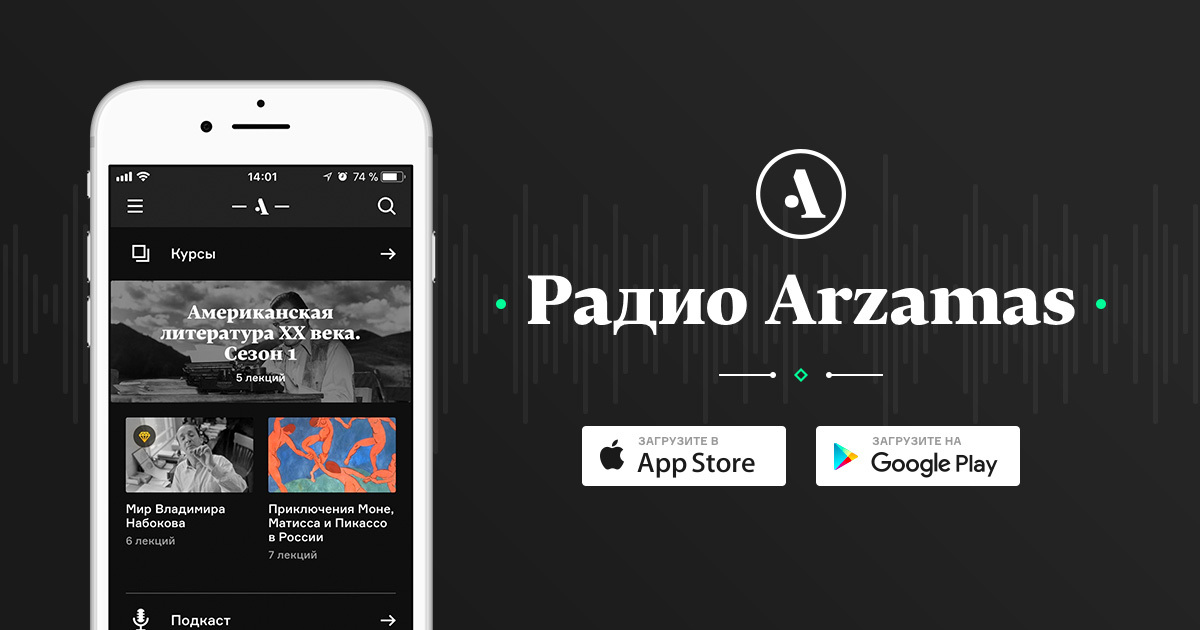Mobile apps have broken all records in 2020. Quarantine not only did not stop the expansion of the industry, but also brought new users and increased revenue to the applications.
At the same time, the explosive growth of the industry leads to serious competition for users, increases advertising costs and raises the threshold of market entry. Standard monetization models may not work as efficiently, and developers should consider additional revenue streams through advertising.
Application Market Overview
Even before the pandemic began, mobile apps had become one of the fastest growing markets in the digital economy. In 2019, users installed applications 204 billion times , spending $ 120 billion. Users spend an average of 3 hours 40 minutes a day in applications - this is more than on TV, radio, and the Internet.
Apps have become an indispensable tool for business, banking, shopping and entertainment. Already, the average user spends 87% of their time in apps and only 13% on the Internet.
The first quarter of 2020 was the most productive in the history of the market. Users spent $ 23.4 billion in app stores: $ 15 billion on iOS apps and about $ 8 billion on Google Play purchases.

Source: Admixer
What does this mean for app developers
Large brands that were initially cautious about in-app advertising have started to use the channel more heavily due to its rich targeting capabilities and a secure environment for the brand.
While browsers are phasing out 3rd-party identifiers, apps can still track users and target behavioral targets (for example, using Android's AAID). Advertisers' interest in in-app advertising will only grow.
In-app ad impressions have been increasing rapidly since the start of the pandemic. Depending on the severity of the measures in the country, the number of impressions increased by 10-30%... Advertising in apps and mobile games provides greater reach and engagement than traditional channels of communication with the audience.
Ad integration into an app can significantly increase developer revenues if it takes into account the specifics of the niche and the original monetization model. Let's take a look at the most popular monetization models in 2020.
In-app advertising
In-app advertising is one of the most common ways to monetize. 75% of non-gaming apps use this model. Data on audience behavior and habits is collected and provided to advertisers for displaying in-app advertisements in the form of banners, videos, or native formats.
The pandemic and quarantine led to a drop in consumer demand, and as a result, to a significant reduction in advertising budgets . During the peak of COVID-19 in March-April, all major ad formats dropped in value. But in May, eCPM reached pre-crisis levels.
Pros
Popular apps collect a lot of behavioral data about user habits and preferences that advertisers value.
According to forecastseMarketer , this year the mobile advertising market will surpass that of traditional TV, radio and print advertising, so no shortage of advertisers is expected.
Cons
Intrusive ads can lead to a drop in loyalty and user churn.
Ads look organic in games, but not always suitable for service applications, where a banner can cover important parts of the interface and disrupt the user experience.
Which ads are more effective for developers

Banners
They appear as an advertising insert that covers part of the screen. Banners can be static or dynamic with video and rich media elements. The most common banner sizes in applications are 320 * 50 and 300 * 50.
Despite the development of banner blindness among many users, this ad format still remains the main source of income for 19% of gaming and 30% of non-gaming applications.

Source: Mobile Marketing
Features: Small banner is suitable for single screen applications with a long session (more than 3 minutes), such as service applications or casual games. The average CTR is 0.5-1.5% .
Interstitial
Appears as a full-screen banner when launching an application or switching between screens. Most often, Interstitial uses interactive formats or videos, less often static banners.

Source: Google Blog
Features : The ad format covers the entire screen, so it can be annoying to users if the targeting is poor or the creatives are unsuccessful. The average CTR for the format is 4% , but this indicator is not always correct, as users often click on ads to close them.
Game developers should use interstitials with caution and place ads only during natural transitions and pauses between levels in the game. Low-quality interstitial ads can distract users and reduce audience loyalty.
Native advertising
Native banners complement the interface. These ads look natural, improve user experience and are less annoying for users.

Highlights : Native in-app advertising is particularly effective in the Tier 1 and Tier 2 markets in the health & beauty, gaming, dating and ecommerce verticals.
Average CTR - from 1%. Native ads are viewed 53% more often , and their CTR is, on average, 60% higher than regular banners.
Rewarded video
The user is offered to watch ads for a reward (access to paid features, in-game currency and other goodies).
Spotify has been using this format for a long time, offering users who haven't bought a paid subscription to watch video ads and get 30 minutes of continuous music streaming.

Source: Spotify
Features : Rewarded videos are popular with games. 51% of mobile game developers use the format as their main source of monetization.
Rewarded can also work effectively in apps that target subscriptions or in-app purchases. By providing access to paid content for viewing ads, developers increase the likelihood that a user will make a purchase.
Video
I have highlighted the video as a separate item, although all of the above formats can include video materials. This ad format showed the smallest eCPM drawdown during a pandemic.
The popularity of videos is associated with high efficiency. The user remembers 95% of video ads and only 10% of text ads. Video ads are the main source of revenue for 31% of gaming and 36% of non-gaming apps.

Source: LovelyMobile
Video is in stream and in-banner. In-stream videocan be shown in the application interface, between game levels, at the end of text, etc. In-banner video can be activated during the display of a standard banner. Such videos can be embedded in medium and full-screen banners, most often in 300x250 banners.
Features : The optimal length for in-app video ads is 15-60 seconds .
Other monetization models
Freemium
The model assumes a set of free basic functions, as well as additional features that can be purchased for money.
Freemium is often used in games where the user only gets access to basic locations and levels, and the advanced functionality of the game needs to be purchased.
The main thing is to interest and attract a lot of users in order to further push them to buy the paid version.

Source: Tinder
Pros
The model allows you to quickly build a user base for retargeting. Users love Freemium for the ability to test the app before purchasing.
Unlike aggressively promoting paid apps, Freemium builds a positive brand image.People who have tried the service before buying are more likely to become loyal users.
Cons
When choosing which features to keep free and which ones to provide after purchase, it's important to strike a balance. If there are few basic functions, the user will not stay in the application for a long time, and if there are too many, the user will not have an incentive to buy advanced functionality.
How to pair with advertising
This is a fairly flexible solution that can be used in almost all niches and combined with other models. For example, you can run ads for the free version of an app and then offer the paid version using push messages inside the app.
In-app purchases
This model is based on the sale of virtual goods within the application. Most often, this approach is used in games, entertainment, or services with built-in gamification. The user can buy accessories and clothing for his character, as well as in-game currency.
The model slightly resembles Freemium, as it allows you to buy additional bonuses and additional features.

Source: AppleInsider
Pros
Flexible model that can be applied in a wide variety of games and services (for example, buying masks and filters in photo and video editors).
In-app purchases additionally engage the audience and increase their loyalty. A user who has spent their hard-earned money in the application is more likely to stay in the application for a long time.
Minuses
The model will only work successfully in applications with highly engaged users who are willing to spend real money on virtual items.
Google Play and the AppStore deduct a commission from the sale of virtual goods in-app.
Feature : Despite the explosive growth in popularity of the model in the first half of 2020, only 5% of users make in-app purchases . For this reason, developers often combine the model with advertising.
Subscriptions
Subscription offers a regular fee for access to the functionality of the application. The method can be applied to e-book libraries, collaboration services, CRMs, or content resources. If the resource is interesting, and the service is convenient for users, then subject to the optimal subscription cost, the method will be cost-effective.
The model resembles a paywall for the media, when a potential subscriber receives a certain amount of content for free, and then you have to pay for a subscription.

Source: Arzamas
Arzamas is a good example of such a business model. The app puts some podcasts and old lectures openly, leaving new lectures and exclusive content for subscribers only.
pros
The subscription provides a stable, guaranteed income for the application, and service users are more loyal.
Cons
This monetization model is only applicable in certain categories of applications.
As with Freemium, it is important to strike a balance between free services to attract users and a paid version for monetization.
Combines with ads : Subscriptions are not well suited to integrate with ads. By purchasing a subscription, users expect access to content or service without additional conditions and irritants. Installing ads in addition to the subscription model can undermine the credibility of your service.
How to choose a monetization model
- It is not necessary to focus on one monetization method, the models can be combined.
- Some monetization models allow you to start earning immediately after release, while others involve increasing income from monetization after a while.
- Advertising is one of the most flexible sources of income that can be combined with all models except subscriptions.
- The choice of ad formats for your application should be based on your niche and application interface, as well as the characteristics of the target audience.
- Advertising allows you to quickly monetize the application, but if used incorrectly, it lowers audience loyalty.
Thank you for attention! I really hope that the article was useful to you.